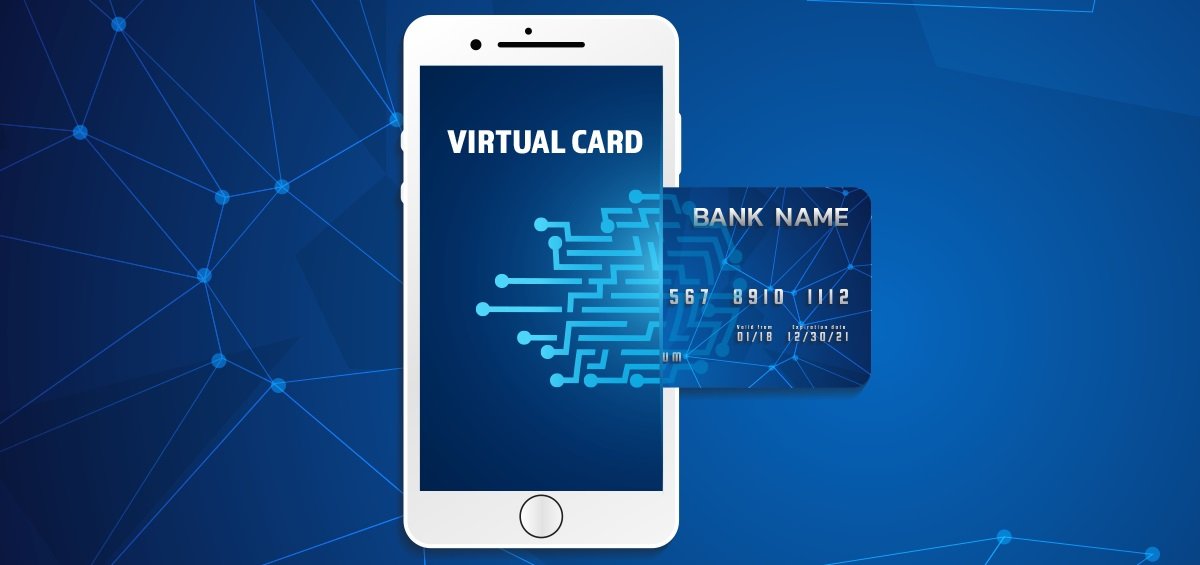In the fast-paced world of freelancing and digital Virtual card entrepreneurship, managing finances efficiently and securely is no longer just a preference—it’s a necessity. As more professionals shift to remote and online business models, traditional payment tools are quickly being replaced by more advanced digital alternatives. One of the standout innovations in financial technology is the virtual card. For freelancers and business owners in 2025, virtual cards are proving to be more than just a convenience—they’re becoming a smart, strategic choice.
What Are Virtual Cards?
A virtual card is a digitally generated payment card that exists only in electronic format. Like a physical card, it comes with a 16-digit number, expiration date, and CVV code. However, it’s issued instantly through a banking or fintech app and is typically stored in a digital wallet on your phone or computer. These cards can be used for online transactions, recurring payments, and even in-store purchases via contactless systems such as Apple Pay or Google Pay.
For freelancers and business owners who handle multiple online tools, platforms, and subscription services, virtual cards offer greater control, flexibility, and security—especially in comparison to their physical counterparts.
Enhanced Security for Peace of Mind
Freelancers and entrepreneurs often rely on numerous online platforms—whether it’s paying for a hosting service, buying software licenses, or subscribing to productivity tools. Using physical cards online repeatedly increases the risk of fraud and unauthorized access.
Virtual cards, however, provide enhanced security features. Many virtual card providers allow users to generate one-time-use cards or create cards tied to specific merchants. If a merchant’s data is compromised, you can easily cancel the associated virtual card without affecting your main account. This layer of security gives business owners peace of mind, knowing their funds are protected even in worst-case scenarios.
Budgeting and Expense Control
One of the most significant advantages of virtual cards is the ability to control and track expenses in real time. Freelancers managing personal and professional expenses can assign specific virtual cards for different purposes—one for subscriptions, another for client purchases, and one for advertising spend, for instance.
Many virtual card platforms allow you to set spending limits or freeze cards instantly. This is particularly useful for small business owners managing teams, where you might issue virtual cards to employees or contractors with strict spending controls. It’s an effective way to maintain a budget, avoid overspending, and track where every dollar is going.
Instant Issuance and Easy Access
Gone are the days of waiting for your bank to mail a physical card. Virtual cards can be issued instantly, often within minutes. For freelancers or startup owners who need to make an urgent online purchase or subscribe to a tool immediately, this feature is invaluable.
Additionally, if you lose access to a physical card, there’s often a delay in getting a replacement. Virtual cards, on the other hand, can be created or canceled with just a few clicks in your banking app, ensuring uninterrupted business operations.
Simplified Subscription Management
Modern freelancing often involves multiple software subscriptions—graphic design tools, CRMs, cloud storage, analytics platforms, and more. Managing all these with one physical card can get messy. If your card expires or is canceled due to fraud, you have to update payment details on every platform.
With virtual cards, you can assign one card per service or group of services. If you want to cancel a subscription, simply delete or disable the associated virtual card. It’s a smart way to prevent unwanted charges, keep track of recurring payments, and avoid surprises on your bank statements.
Ideal for International Payments
Many freelancers work with global clients or purchase services from international vendors. Virtual cards make cross-border transactions smoother and more secure. Some fintech platforms even allow you to create virtual cards in different currencies, helping avoid excessive currency conversion fees and simplifying international accounting.
For small business owners running e-commerce or digital service platforms, virtual cards are a practical way to handle payments across global marketplaces like Fiverr, Upwork, Shopify, and Amazon without needing a physical presence in those regions.
Integration with Financial Tools
Virtual cards integrate seamlessly with accounting and expense management software. Platforms like QuickBooks, FreshBooks, and Wave often support automatic transaction syncing from virtual cards. This makes bookkeeping more efficient and reduces the chance of human error.
Freelancers wearing multiple hats—marketer, project manager, accountant—will appreciate how virtual cards can simplify financial reporting. With clean data and categorized transactions, tax filing and financial planning become far less daunting.
Eco-Friendly and Tech-Savvy
In today’s eco-conscious business environment, going paperless and minimizing plastic use are attractive qualities. Virtual cards are inherently more sustainable—they eliminate the need for physical materials and reduce plastic waste. For freelancers and entrepreneurs building socially responsible brands, using virtual financial tools also signals a commitment to innovation and sustainability.
In addition, embracing virtual cards demonstrates that your business is keeping up with technology trends. This can be important when attracting tech-savvy clients or partners who value modern, efficient practices.
Why Freelancers and Business Owners Should Switch
To sum it up, Virtual card are transforming the way freelancers and business owners manage money. They offer security, flexibility, speed, and better financial control—all while supporting a digital-first lifestyle. Whether you’re managing multiple subscriptions, controlling team expenses, making international purchases, or just seeking a smarter way to organize your finances, virtual cards are a valuable tool in 2025.
Physical cards aren’t going away anytime soon and may still be useful in some cases (e.g., ATM withdrawals or in-store purchases in certain regions), but for most online and digital transactions, virtual cards are the superior option.






